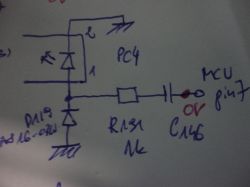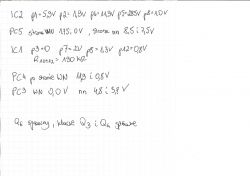MIP2M2 and the three 1R resistors must be replaced.
MIP2M2 and the three 1R resistors must be replaced.
Czy wolisz polską wersję strony elektroda?
Nie, dziękuję Przekieruj mnie tam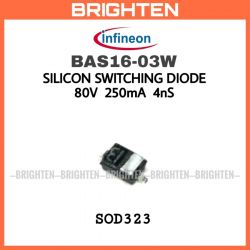
Ashenvale wrote:
marcocand wrote:
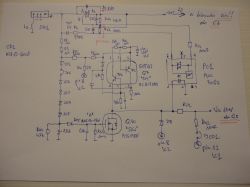 .
.
Marko121 wrote:Diodes according to my measurements are:
ZD1 to ZD5 = 75V (measurements from 75 to 78V). They are definitely not 15V.
On ZD6 at my place, it indicates 13.3V (maybe it is 15V. I don't know if it is spread or it is 13V, so it would be good for someone to confirm it still).
ZD9 = 15V
ZD10 = 15V
ZD11 = 15V
ZD13 = ? (above 160V)
ZD14 = 11V
ZD15 = 9V
ZD16 = 5.1V
ZD17 = 17.8V
I'm posting my piece of schematic with transistor Q7 (you got ahead of me DRAZEK87 in drawing, but I'm posting. I didn't compare them, so I don't exclude that I could have made a mistake somewhere)
DRAZEK87 wrote:Thanks and to each other . If I didn't see such commitment and willingness to share in this topic I wouldn't get involvedSuper that you are together figuring out the nut .... You did a great job ... I myself know how much time it costs ....
Marko121 wrote:
I don't really understand how the system with the Q7 transistor works. Is anything being generated there?
Marko121 wrote:the diodes according to my measurements are :
ZD1 to ZD5 = 75V (measurements from 75 to78 v) they are definitely not 15v
on ZD6 at me it indicates 13.3V (maybe it is 15V I don't know if it is a spread or if it is 13v so it would be good for someone to confirm it still)
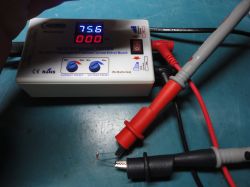
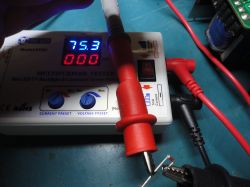
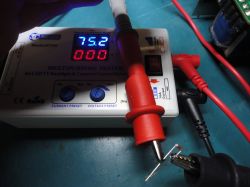
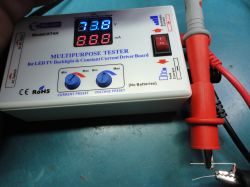
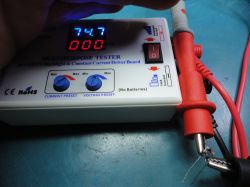
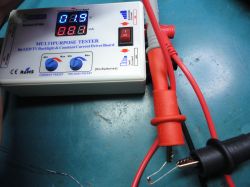
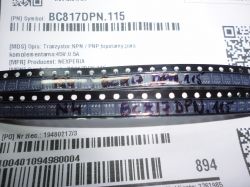
Marko121 wrote:

marcocand wrote:If you are interested, the diodes I have listed below have been removed from the circuit and measured. ZD6=15V ZD9=15V ZD10=15V ZD11=15V ZD14=11V ZD15=11V ZD16=5.1V ZD17=15V Where is ZD13 located?
chipeservice wrote:
Hi, I have this charger and want to fix it. My main fuse is blowing. When I connect the bulb in series with the fuse, it only blinks at intervals of about 1 second. Can anyone explain to me how the circuit flows in this charger? I have maybe 5-6 pieces and I want to fix each one. Thanks
DRAZEK87 wrote:
unknown diode is a 5.1V Zener diode measured and sure enough 100% has a characteristic blue stripe like other diodes on this board with a blue stripe.... its marking on the schematic not known no printing on the board; this is the diode see photo, I marked in blue:
DRAZEK87 wrote:
a good question about diode ZD13 what is this diode because in my case it is damaged and for posterity its absence / burnout causes squealing of transformer T2, but when we have a working IC2 circuit we have 13v on pin 4 of the circuit in question the green control diode lights up....
diode ZD13 has EBV Z318 or 58V Z318 marked on it where Z318 is probably the production date it is possible that it is a diode for 58v but I can't determine that because it is burned out, "Marko121" writes that it is above 160v I need to determine that .... I am working on it as I decipher its nominal I will let you know .... as of today the charger has already recovered the lost 13v and the diode glows elegantly green greetings
Marko121 wrote:Hmm.... on my board I am not able to read the inscription of this diode ZD13 but during operation with battery inserted on this diode I have 160V DC here measurements may be wrong because there are large frequency pins and this diode together with diode D5 protects IC2 from too high induction pulses from the transformer
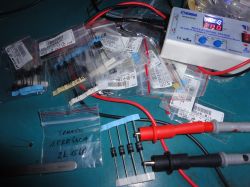

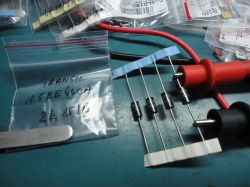

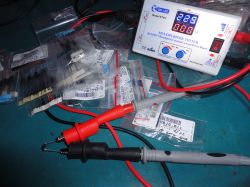
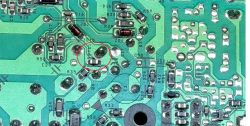
Marko121 wrote:PTC1 is most likely a 470 ohm PTC limit thermistor and this is my measured value at room temperature, its value increases rapidly after exceeding the limit temperature, unfortunately I do not know what its limit temperature is. If you know that it has 470 ohms, you can insert a resistor and continue working until you buy a PTC. I think it may be something like this

PiterSen151 wrote:I can`t figure out how the PC4 optocoupler is powered (it doesn`t control Q5). It takes ground from the T2 transformer to one pin and the other is connected through a series-connected resistor R191 1k and capacitor C146 4.7u (both functional) to (probably the other) pin of the Q105 controller - invisible markings, I can try to read them under a microscope if it is important. (it seems to me that the power supply in series through this capacitor is out of the question - unless it is a high-pass filter?)
